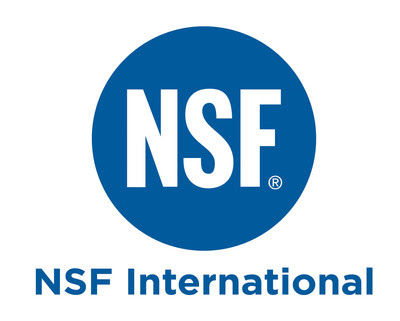Case Study: Controlling copper levels in a manufacturing facility in Central OH
How does copper affect closed loop systems?
Controlling corrosion in closed loop systems is one of the main goals of the water treater, to make sure the loops can operate as designed for heat transfer without any inefficiencies or leaks. A common issue found within closed loops for manufacturers can be high copper levels. And that was the case with manufacturer in a Central OH facility. They were consistently seeing high copper level results, hovering around the 4-6 ppm range.
Copper levels that high in closed loop systems are often a result of the water corroding the copper piping, scraping off the copper ions and bringing them in solution in the water. The problem with these high levels of copper ions in the water, is that they will precipitate out and corrode the other metals in the system. Oftentimes causing galvanic corrosion of steel, making control of copper levels important for longevity of the closed loop and heat transfer system.
How can you tell if copper levels are too high in a closed loop system?
The key in any corrosion protection for your equipment is to know and trend water analysis to get out ahead of any potential corrosion issues. In this case, Chardon noticed the copper numbers rising and started an assessment of the system to find any potential red flags.
Through monthly testing of the loop water and a flush of the system, our service technician noticed that the loop chemical, a phosphate inhibitor, was not protecting the material in the loop itself. The inhibitor was stripping the metals off the loop, exposing the copper and other yellow metals along with steel.
What was the solution to copper in closed loops?
The first step to preventing the continuous copper corrosion was for a change in inhibitor to better protect the metal from corrosion. Each application is different, even within a single industry like manufacturing. Knowing information such as the metallurgy of each system, system volumes, temperatures, and make-up water quality, and designing a water treatment program around the specific needs of the system is the only way to protect the life of the equipment.
The new inhibitor did not take any deposits off the metal, keeping the pipes free of corrosion. The other step was putting the loops constant flush to remove the excess metals, until the water in the closed loop system was down to a safer level of metals.
How does controlling copper help protect closed loop systems?
The switch in chemical and the dosage of the chemical helped better protect this loop system and stopped the copper from being stripped off into solution. The loop that had consistent copper numbers in the 4-6 ppm range, over the next few months dropped to a 0.2-0.4 ppm range. This dramatically reduces the risk of the galvanic corrosion caused by an excess of copper ion in water. Knowing the right closed loop chemical that will safely protect the metals in the loops is crucial. Contact us at Chardon today to help treat your closed loops and protect them from corrosion!
We Provide Chemicals & Treatment Plans For:
We Work With Customers In:

We want to work with you!

We have happy clients.
SEE ALL TESTIMONIALS
"The employees are all very knowledgeable and easy to contact. The service representatives actually show up in a service vehicle and are very thorough. Many water treatment companies do not offer this type of service. We receive regular reports with details regarding the condition of our equipment and recommendations for corrective actions."
HVAC Contractor - Indianapolis, Indiana
About Chardon Labs
Chardon Laboratories is an employee-owned, ISO Certified Service Company specializing in Guaranteed Water Side Solutions for all your industrial and commercial water treatment needs. Since 1965, Chardon has led the Water Management Industry providing customized treatment programs for cooling towers, boilers and loop systems with guaranteed results.
